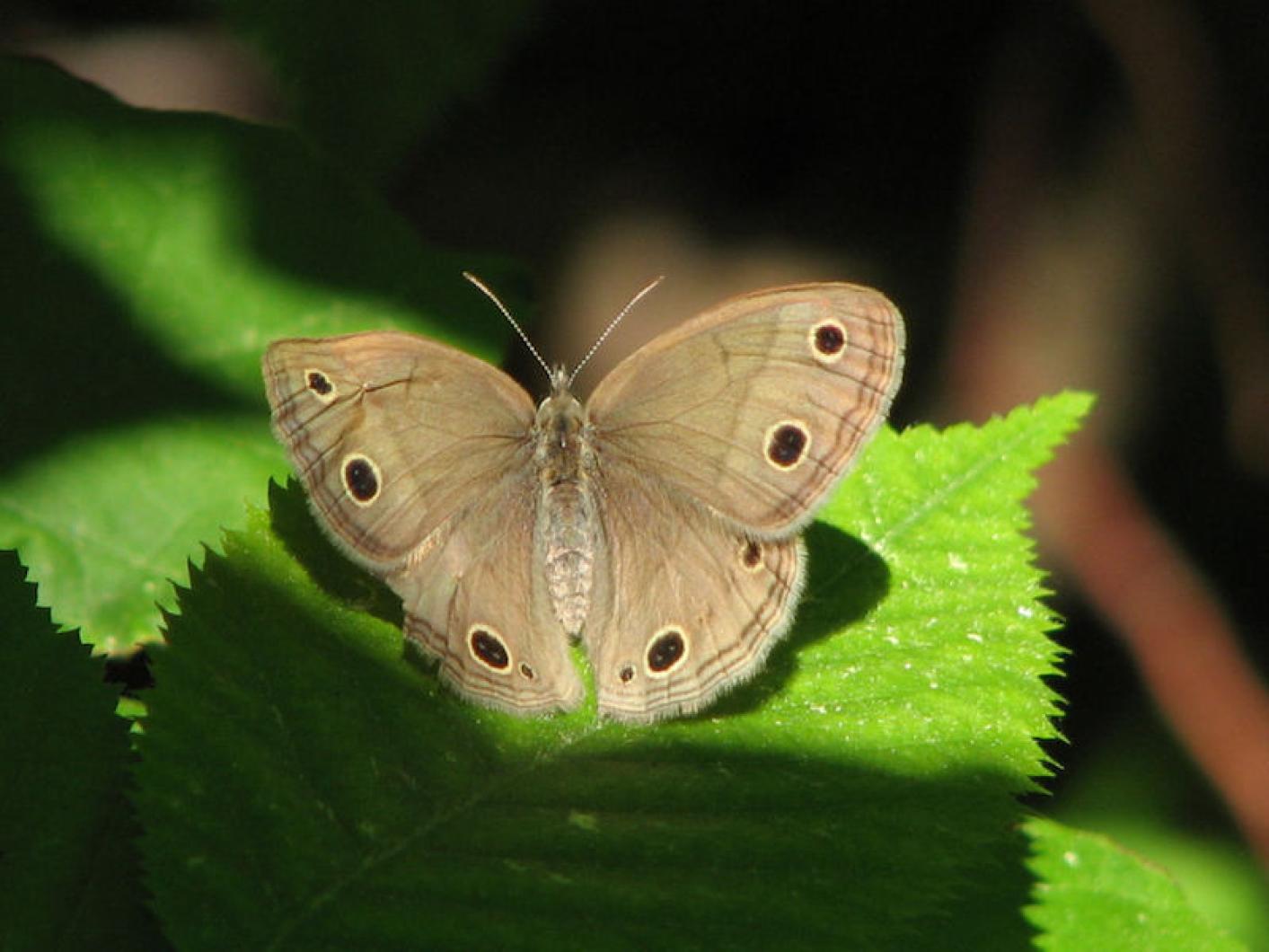Pieter Cramer was a man of means with time to spare. And he spared it on insects.
A wealthy 18th-century Dutch merchant, Cramer dealt in linens and Spanish wool. He had the luxury of time, money and travel that allowed him to pursue a passion. Beyond trading textiles, Cramer loved lepidoptera.
Lepidoptera is the scientific order that includes butterflies and moths. The worldwide pursuit of these was Cramer’s primary pastime and his adventures abroad offered him the opportunity to observe, collect, study and name his quarry. His financial success allowed him a lifetime of scholarship and an ability to share his learnings.
With a hired artist, Cramer created a 33-part, four-volume book that described and illustrated the butterflies and moths of Africa, America and Asia. Called De uitlandsche Kapellen, this was the first book that used Linnaeus’ classification system and was a key work that described and detailed the known lepidoptera species of the time.
Not surprisingly, many of his specimens had been unfound and unnamed until their placement in his book. Necessity required him to name and describe many new species.
One of the newly-named butterflies in his tome was the little wood satyr, megisto cymela. Megisto is an epithet for Zeus and translates as biggest, largest and greatest. A strange and ironic choice for a diminutive butterfly.
Little wood satyrs are now gracing the Vineyard’s fields and woods. Interestingly, this species is rare on Nantucket, which has only one historical record.
These butterflies have two major flight periods: the first, in mid-June, has the most individuals flitting about. In flight, little wood satyrs are known for their bouncy paths and their springy movements make it impossible to get a good photo.
The males cruise around while the females wait patiently on plants for their knights in shiny . . . well, actually, dull...armor. Wood satyrs are a brownish gray with the prominent feature being yellow-ringed black eyespots. The eyespots serve to confuse and confound predators, appearing as eyes that could belong to something that would be a threat to their safety. Perhaps their cruising for the ladies led to their common name: “satyr” is a Greek nature or fertility spirit, part man, part beast, known to be always on the prowl for a fling with his pal Dionysus, god of wine and notorious party boy.
After the male finds and mates with the female, she will lay single eggs on preferred grasses and sedges. Once the caterpillars hatch, they will go through four instars before over-wintering ahead of their pupal and adult stages, which occur the next spring season.
With their wily ways and namesake’s history of revelry, little wood satyrs likely agree with Friedrich Nietzsche in saying: “I would prefer to be a satyr rather than a saint.”
Suzan Bellincampi is Islands director for Felix Neck Wildlife Sanctuary in Edgartown and the Nantucket Wildlife Sanctuaries. She is also the author of Martha’s Vineyard: A Field Guide to Island Nature and The Nature of Martha’s Vineyard.




Comments
Comment policy »